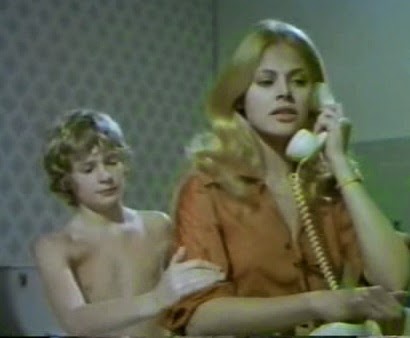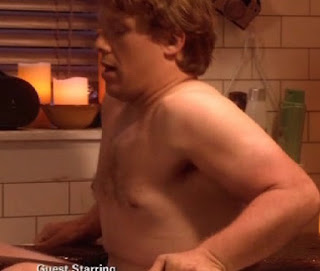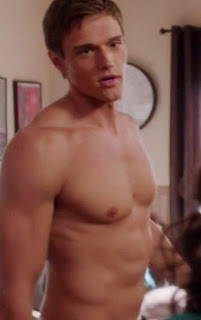
I grew up with paradoxical stereotypes of Roman Catholics: dark, brooding, mysterious, sexually dangerous, yet mystical, spiritual, otherworldly. So I've been going through the top Catholic schools in the U.S. to see if they emphasize quiet contemplation or raucous athletics, meditation or muscles, the transcendental glory of the Divine or beefcake.
So far pecs and abs have dominated novenas and scupulars by 4 to 1, but I have high hopes for the quiet contemplation of the last 5 schools on my list.
6. Loyola High School in Los Angeles, off Pico and Vermont. It's the oldest high school in Southern California, founded in 1865 (Loyola University split off from it.) It moved to its current location in 1917.
The exterior looks like a thousand other schools, but the chapel is austerely beautiful. I could see getting my contemplation on in there.
The website promotes "spirituality" with a picture of a boy lifting weights.
Apparently athletics are huge at Loyola; it competes in baseball, basketball, water polo, track, wrestling, swimming, and who knows what else.
This trumpet player has an interesting graduation photo. If the marching band dresses like that on the field, I'll definitely go to the games.
Score: Contemplation 1, Beefcake 1
7. St. Anselm's Abbey School in Washington DC.
Now that's an evocative name! I don't know what an abbey is, but it sounds very Catholic, and St. Anselm was a famous Medieval archbishop who wrote Cur Deus Homo. Plus it's in a very Catholic neighborhood of DC, near St. Joseph's Seminary, the Catholic University of America and the National Shrine of the Immaculate Conception.
I would give it the contemplative point just for its lofty associates, but the Tudor architecture is cool, too.
They offer cross country, wrestling, track, baseball, lacrosse, and fencing, but no swimming. And I couldn't find any good photos. This vampire-wrestling photo is from somewhere else.
Score: Contemplation 1, Beefcake 0..
8. St. Louis Priory School, St. Louis. Just founded in 1955, and the weird futuristic space-ship chapel opened in 1962. I expect Hal from 2001: A Space Odyssey to give the homily.
They offer wrestling but not swimming.
A wash.
Score: Contemplation 0, Beefcake 0.
9. Georgetown Preparatory School, Bethesda, Maryland, a Jesuit boarding school for boys, founded in 1789 by John Carroll, who also founded Georgetown University.
Classic Colonial architecture, nothing distinctively Catholic.
They offer a full range of sports, including swimming, wrestling, and water polo. But if it's only for boys, why is every photo all girls or co-ed?
Score: Contemplation 0, Beefcake 0.
10. Bellarmine College Preparatory, San Jose, an "all male" high school founded in 1851. But the campus is all modern glass and weird straight lines.
They offer 13 sports, a weight room, and two strength and conditioning specialists.
Score: Contemplation 0, Beefcake 1.
Total:
Contemplation: 3 of the 10.
Beefcake: 7 of the 10.
Apparently we are living in a material world.
See also: Catholic Prep Schools: Otherworldly Contemplation or Beefcake?
















































































































